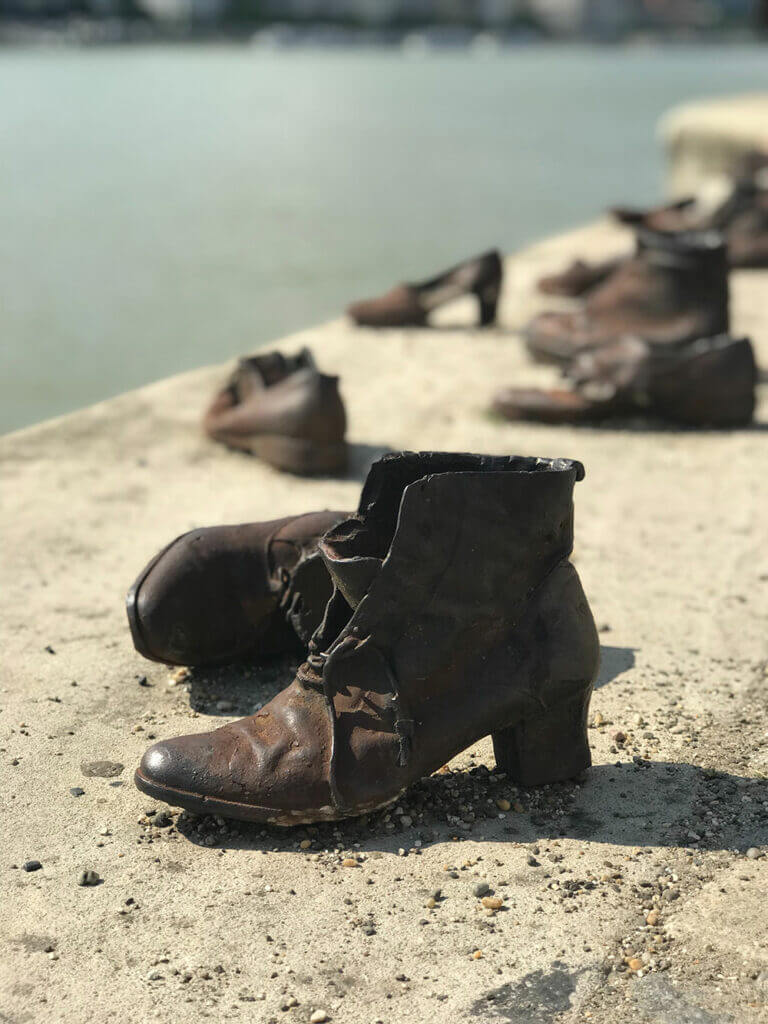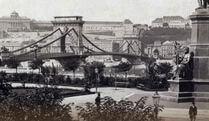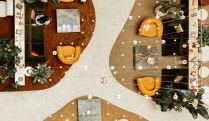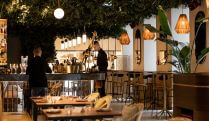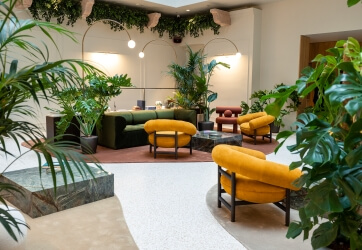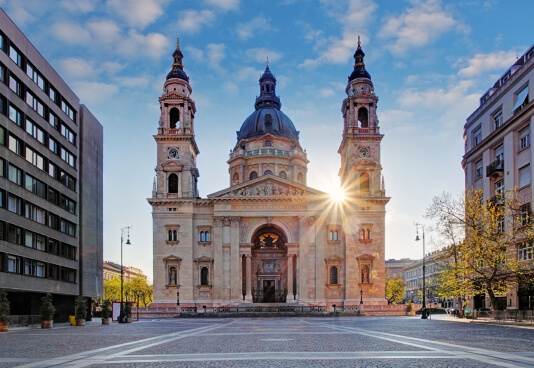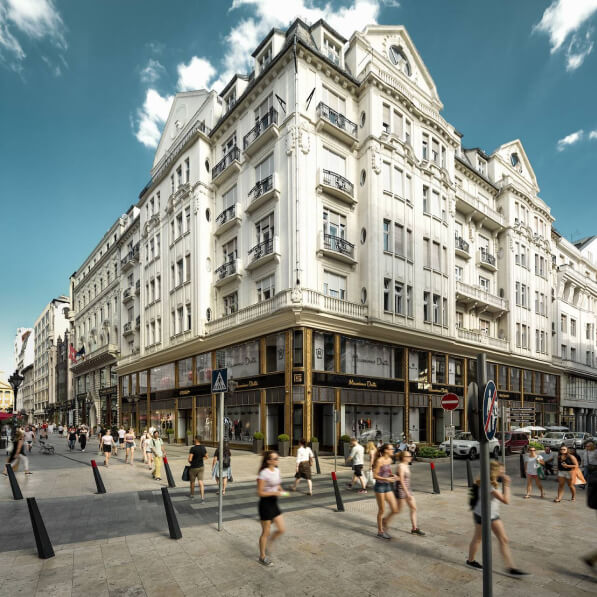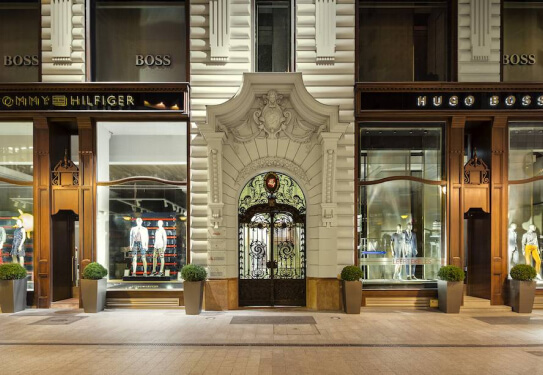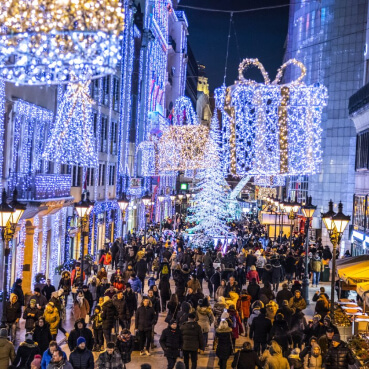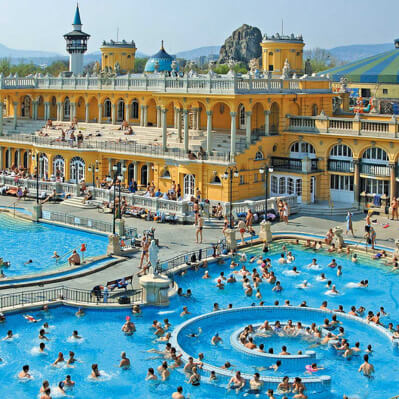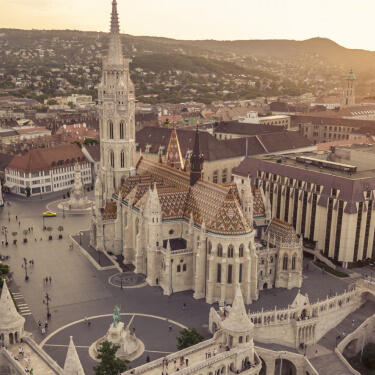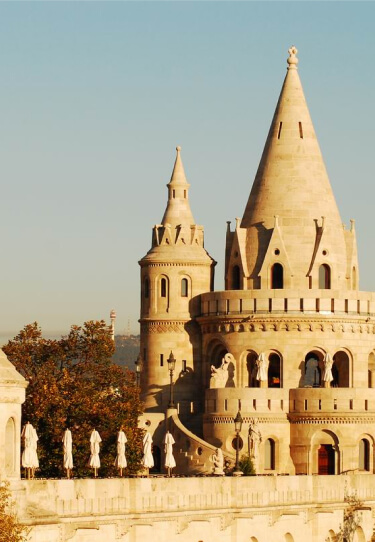Top 10 Instagramable sights of Budapest

Fisherman’s Bastion: The Fisherman’s Bastion originally served a defensive function. It takes its name from the Fishing Town underneath the bastion – the fishermen who traded there were also its defenders when needed. The site is part of UNESCO World Heritage since 1987. The 140-metre-long façade offers stunning views of the city. Adjacent to the Fishermen’s Bastion is the Matthias Church, which has been the venue of several royal weddings and three coronations.
Parliament: This imposing work of art took 17 years to build and until today it is the third largest parliament building in the world and second in Europe. During the construction an important stipulation was that only and exclusively Hungarian materials could be used in the construction of the Hungarian Parliament, with the involvement of Hungarian craftsmen and manufacturers. As well as the magnificent building, the changing of the guard is also a real spectacle.
Citadel & Gellért Hill: The 14-metre-tall Statue of Liberty standing at the south-eastern bastion of the fortress on Gellért Hill and is visible from almost every corner of the capital and has become one of Budapest’s main landmarks over the years. Climbing up to Gellért Hill and to the Citadell is worth every step, when reaching the top, the city really is at your feet!
Széchenyi Chain Bridge: Budapest’s first permanent bridge on the Danube, connecting Buda and Pest since the 19th century. The most famous legend surrounding the bridge is linked to the huge lion statues on both sides. It was long rumoured that the creator of the lions forgot to carve a tongue for the animals. But is the legend true?
Attention! Selfie with the lions is a must!
Heroes’ Square: one of the major squares in Budapest, noted for its iconic Millennium Monument with statues featuring the Seven chieftains of the Hungarians and other important Hungarian national leaders. The square is surrounded on two sides by the Neo-Renaissance buildings of the Museum of Fine Arts and the Palace of Art. The square is also the gateway to the City Park, one of the world’s first public parks, which provides opportunity to feel close to nature in the heart of the city.
Buda Castle: With its beautiful panorama and Renaissance buildings, the Buda Castle was the seat of Hungarian rulers from the 13th century. Just as it was then a venue for balls and soirees, today it is one of the main centres of cultural life. Moreover, it has been awareded as one of the UNESCO World Heritage sights in 1987. If you are here, don’t miss Budapest’s Trevi Fountain, the Mátyás Fountain!
New York Café: Frescoes, marble, monumental chandeliers and gilded vines mark the hallmarks of the World’s Most Beautiful Café. Beloved by the art world, the 120-year-old coffee house is truly captivating and will take you on a real journey through time!
Saint Stephen’s Basilica: In the 18th century, the Basilica was still the site of a circus famous for its animal shows, while today it is considered the largest church in Budapest. Climbing the 364 steps up to the dome of the building is rewarded by the sight, offering a different perspective on the city. Even for those affraid of heigths, worth the effort!
Várkert Bazar: Walking in Budapest’s most beautiful garden is more than just an aesthetic experience. Delicate lawns, growing shrubs and roses turn it into a picturesque setting, crowned by the majestic panorama of Budapest.
Shoes on the Danube Bank: One of the most known Holocaust Memorial, a unique composition of shoes on the shores of the Danube.
